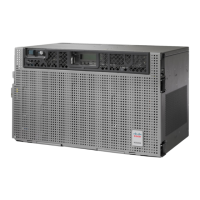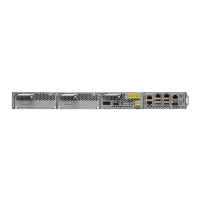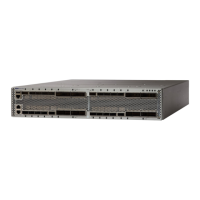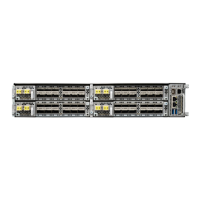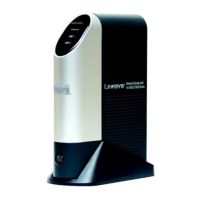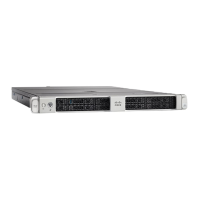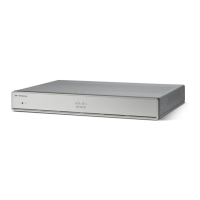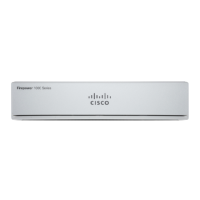b) Determine whether the near-end node’s remote TE link ID matches the far-end node’s local TE link ID. If the near-end
node’s remote value is incorrect, enter it correctly.
c) Determine whether the far-end node’s remote TE link ID corresponds to the near-end node’s local TE link ID. If the
far-end node’s remote value is incorrect, enter it correctly.
If the condition does not clear, log into the Technical Support Website at http://www.cisco.com/c/en/us/support/index.html
for more information or call Cisco TAC (1 800 553-2447).
LMP-SD
Default Severity: Not Alarmed (NA), Non-Service-Affecting (NSA)
Logical Object: GE
The LMP Data Link Signal Degrade condition occurs for when the control card receives an LMP link summary
or channel status message that the control channel is not available from the far end, so the data link level of
service is not guaranteed. The degrade range is provisionable.
LMP-SD clears when the control card receives a link summary or channel status message reporting that the
data link is in the Signal Okay (OK) state.
LMP-SD is part of an alarm hierarchy that includes LMP-SF, on page 257, and LMP-UNALLOC, on page
259. The hierarchy is as follows: If LMP-UNALLOC is raised, LMP-SF and LMP-SD are suppressed. If
LMP-SF is raised, it suppresses LMP-SD. LMP-SF and LMP-UNALLOC both suppress near-end LOS-type
alarms for DWDM clients. LMP-SD, however, does not suppress LOS alarms.
This condition clears when the far-end trouble has been cleared.
Clear the LMP-SD Condition
SUMMARY STEPS
1. Look for and clear any of the following alarms in Table 12: Transponder Trunk Alarms that Cause
LMP-SD, on page 256 and Table 13: Transponder Client Alarm that Causes LMP-SD, on page 257 occurring
on the far-end port.
DETAILED STEPS
Look for and clear any of the following alarms in Table 12: Transponder Trunk Alarms that Cause LMP-SD, on page
256 and Table 13: Transponder Client Alarm that Causes LMP-SD, on page 257 occurring on the far-end port.
Table 12: Transponder Trunk Alarms that Cause LMP-SD
DirectionLMP FailureTrunk Port Alarm
TxSDSD
TxSDOTUK-SD
Cisco NCS 2000 series Troubleshooting Guide, Release 11.0
256
Alarm Troubleshooting
LMP-SD
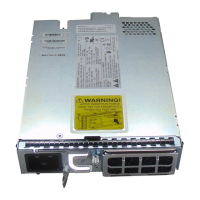
